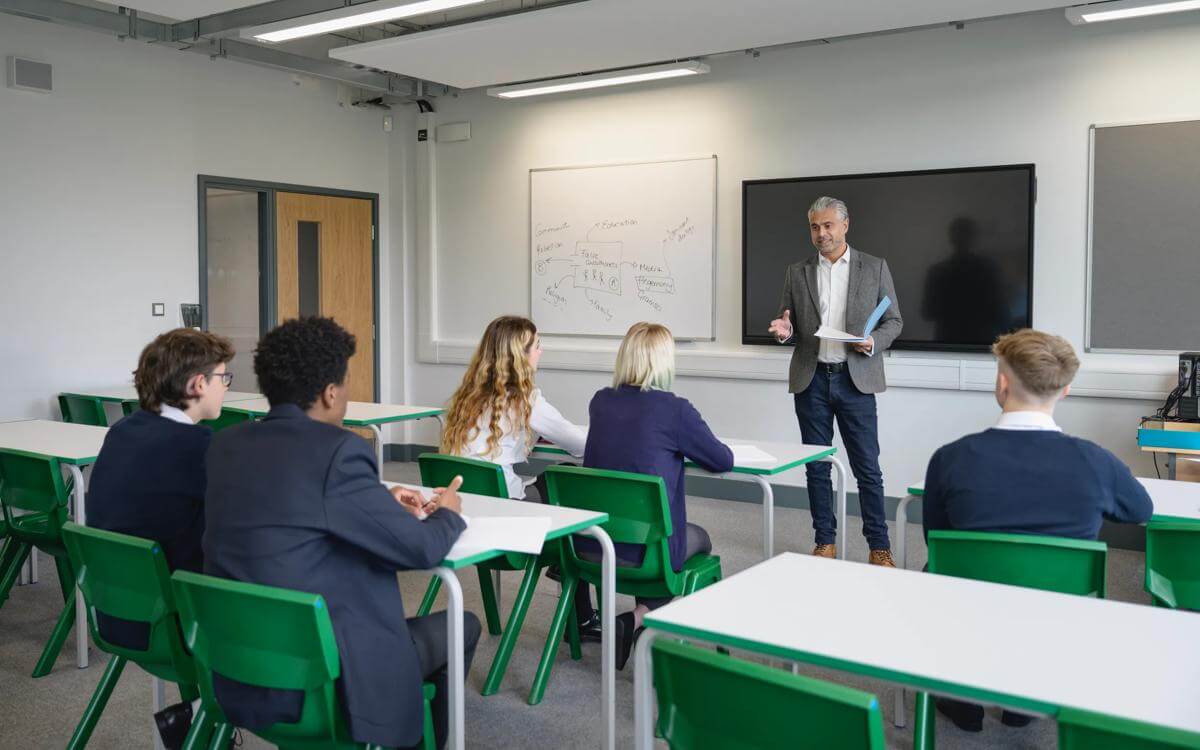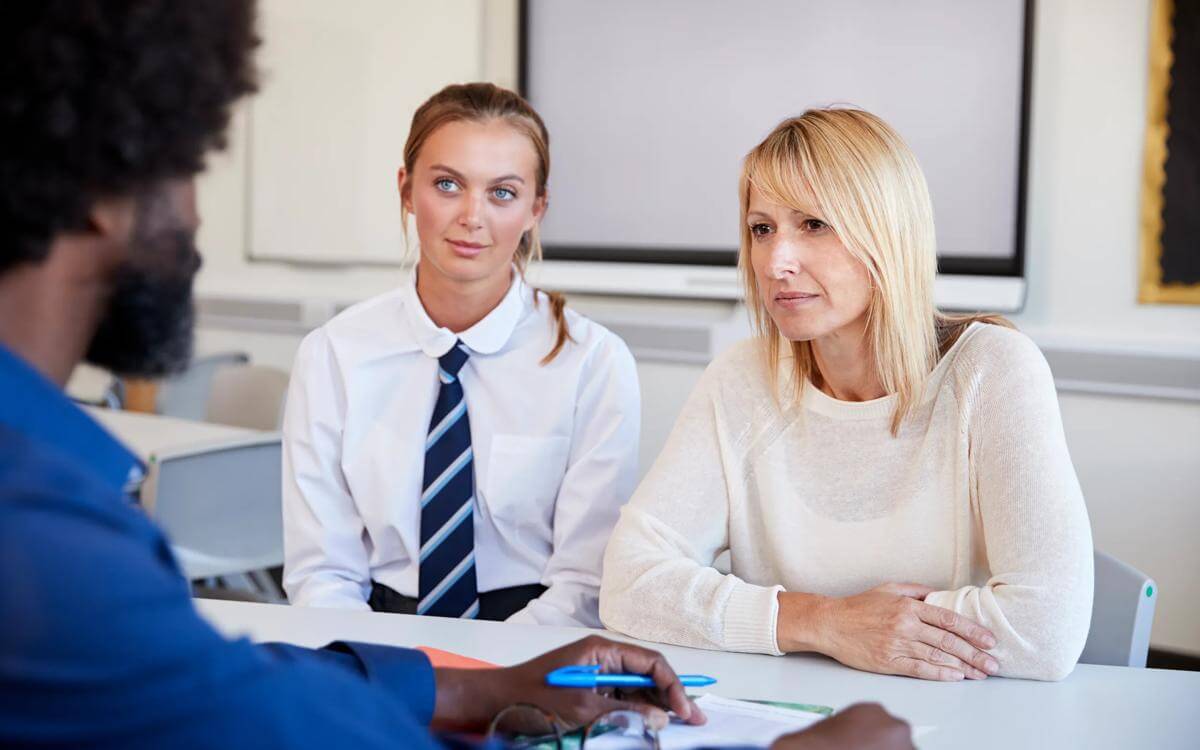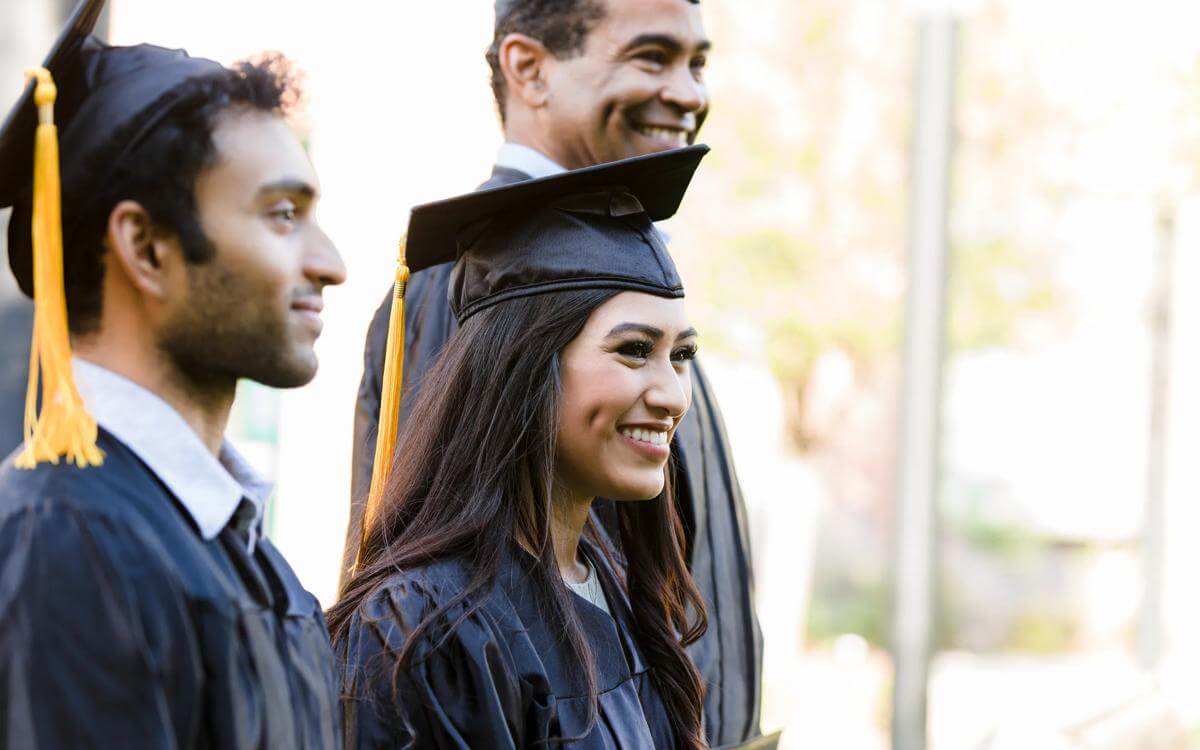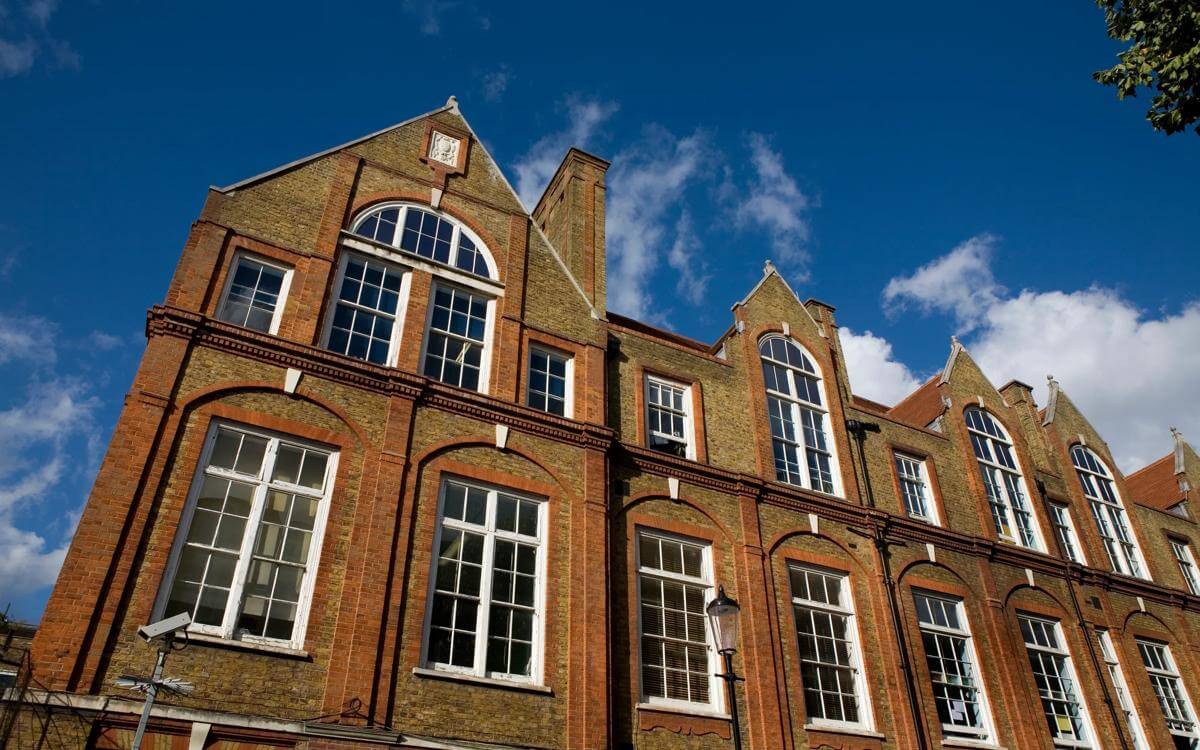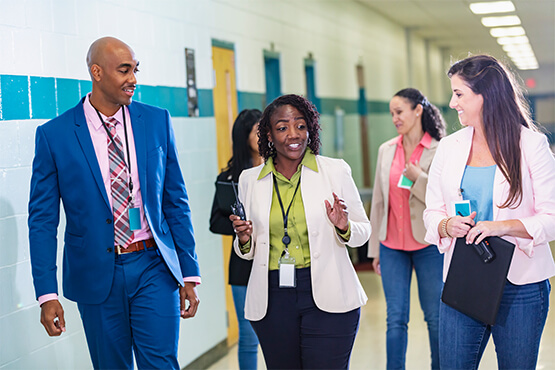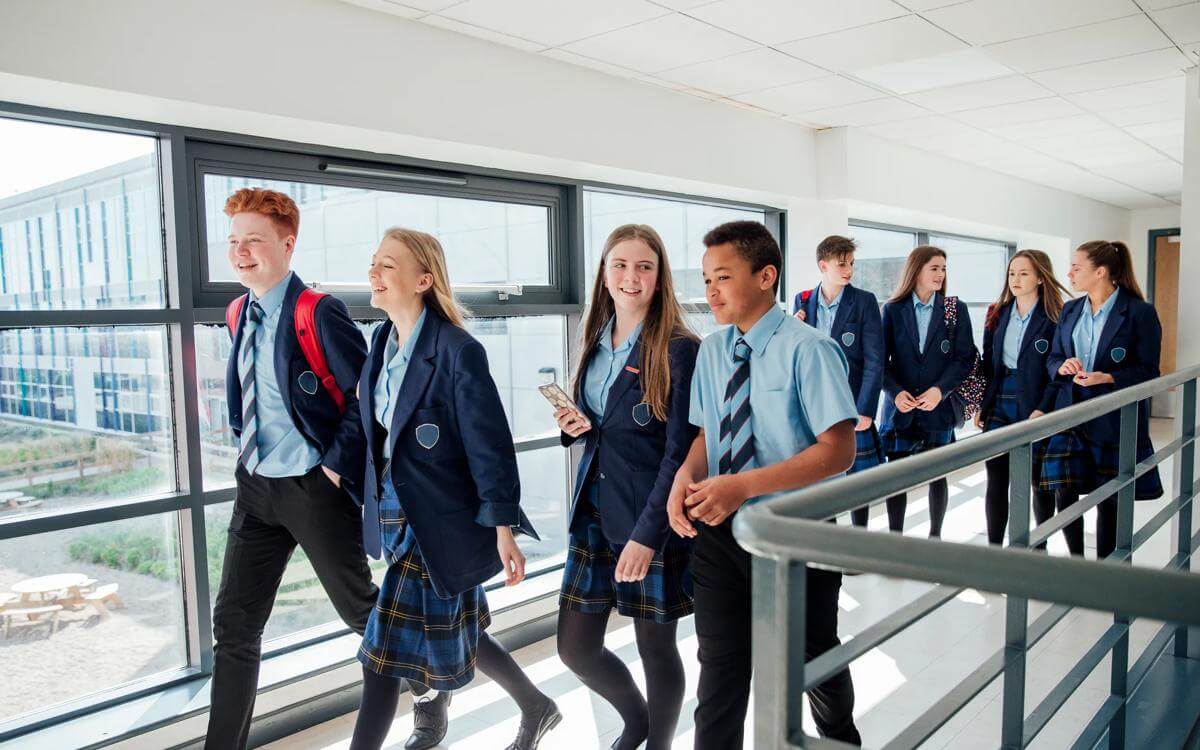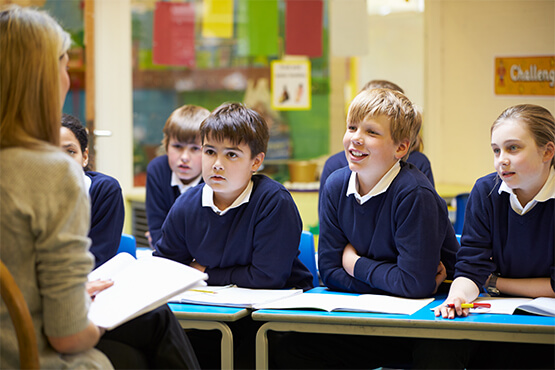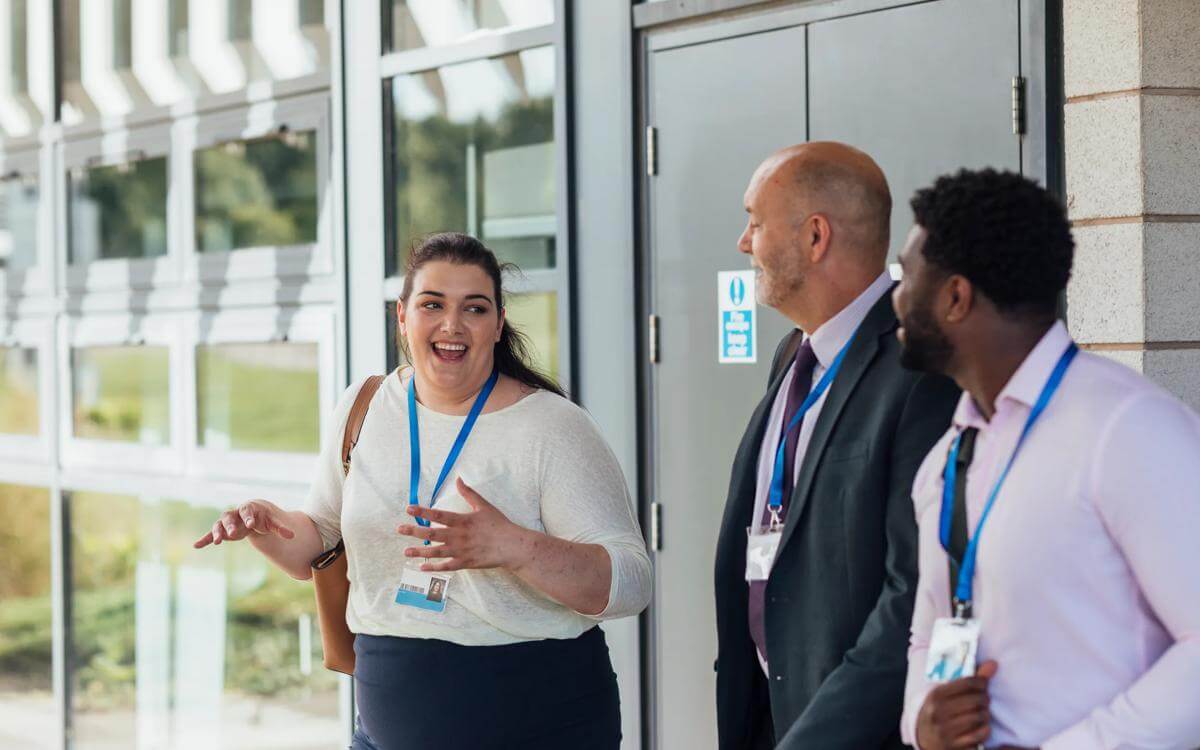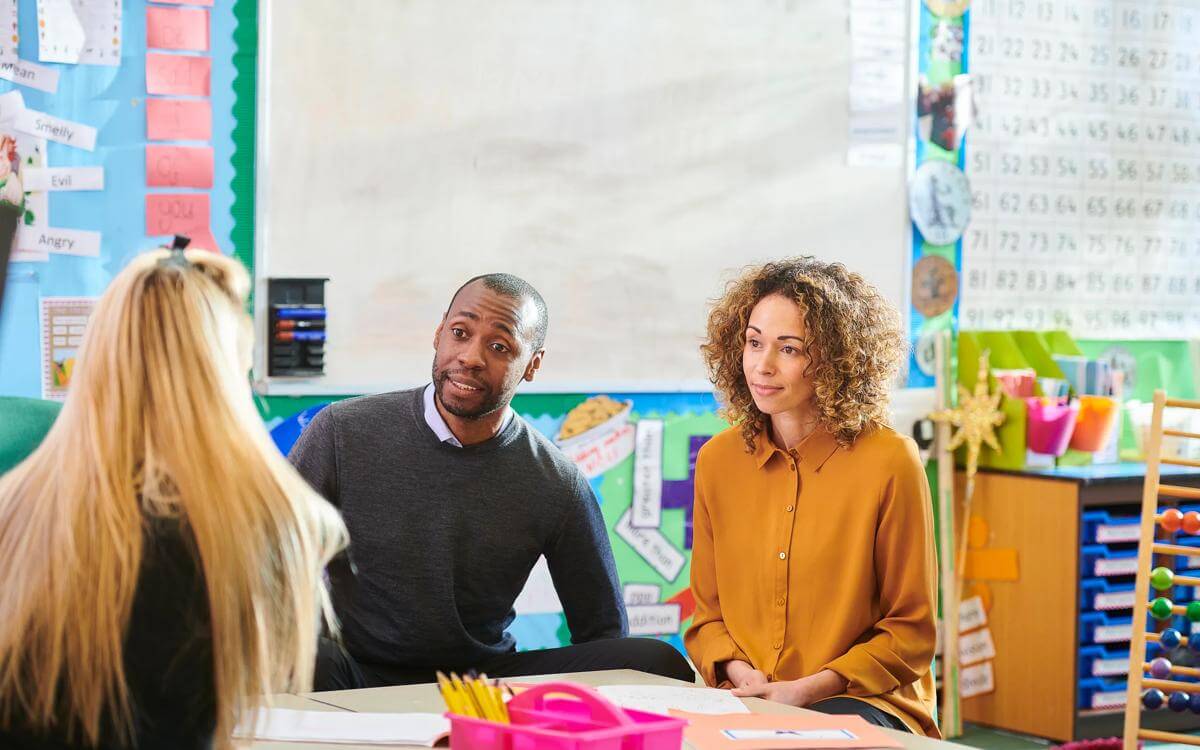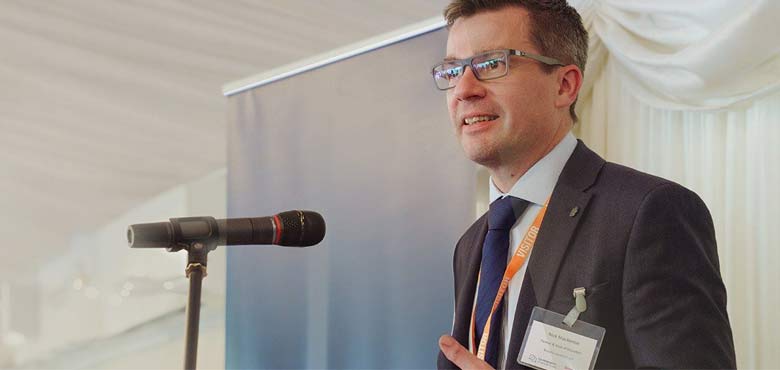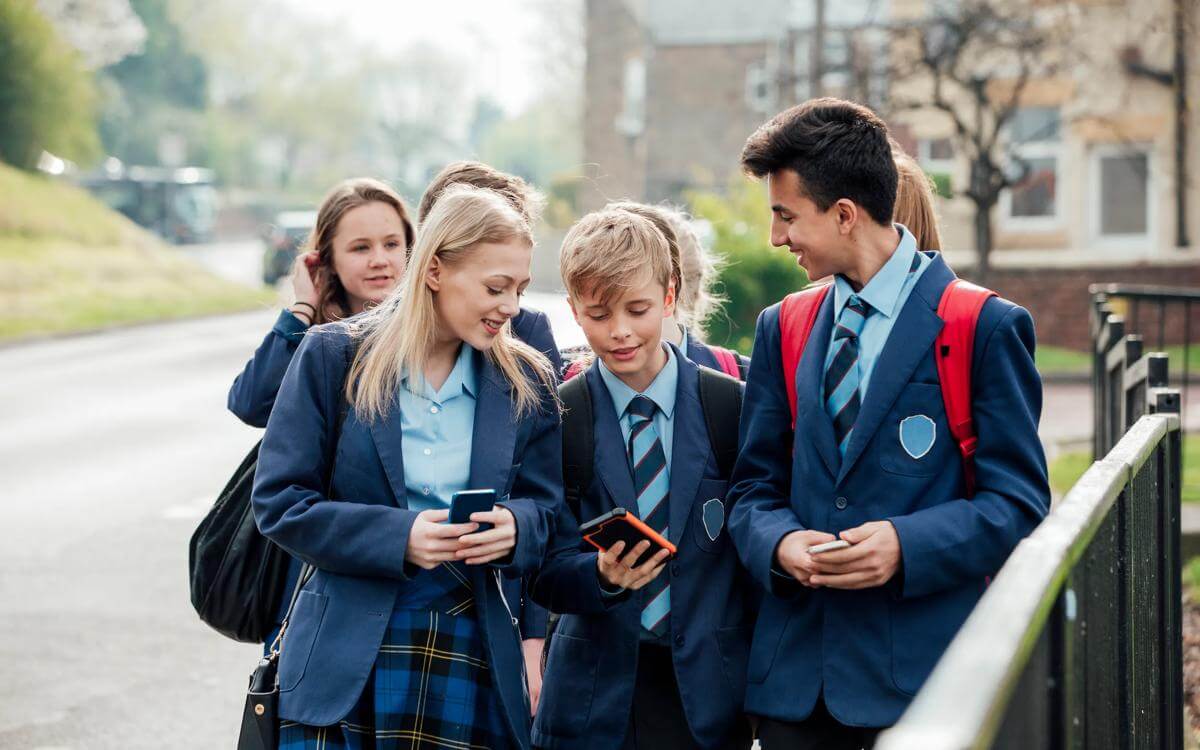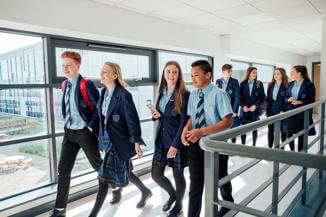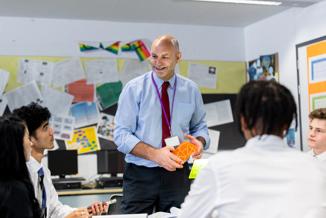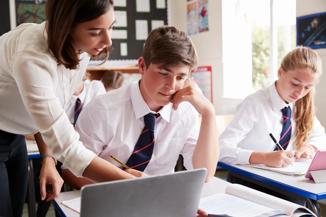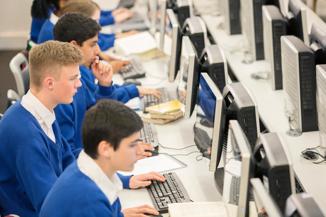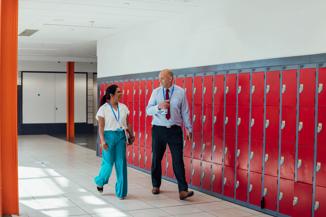This month the Department for Education (“DfE”) released new guidance on behaviour in schools which has substantial changes from the previous guidance from 2016.
Whilst the focus of the old guidance was on disciplinary measures and appropriate sanctions, the new guidance moves more towards school culture, a whole school approach to tackling behaviour and, for those who need it, additional support to meet behavioural expectations.
A whole school approach
This means that schools should ensure high standards of behaviour that “pervade all aspects of school life including the culture, ethos, and values of the school, how pupils are taught and encouraged to behave”. Staff should have training on the behaviour policy and model the expected behaviour and pupils should be routinely inducted and reminded of expectations.
The new guidance suggests implementing a “behaviour curriculum” which clearly sets out what positive behaviour should look like. The ultimate aim under the new guidance is to create a calm, safe and supportive environment that limits disruption.
Supporting pupils with additional needs
The 2022 guidance has a new, stronger focus on support and interventions for pupils who need it to be able to meet the school’s behaviour expectations. Schools should anticipate likely triggers of misbehaviour in such pupils and provide appropriate support.
Where pupils are identified as having Special Educational Needs (SEN), schools should consider whether the pupil understood their misbehaviour and whether it is appropriate to impose a sanction. Where sanctions are imposed, schools should consider what support to offer following the sanction.
Preventing misbehaviour
There is an emphasis on prevention of misbehaviour and putting support in place through re-integration strategies and targeted interventions. The new guidance offers various options on how this can be implemented. This falls in line with the cultural/whole school approach.
Again, there is a focus on pupils who will need more support than others and this support should be provided as proactively as possible. Examples include mentoring as well as engagement with parents, local partners, and professionals.
Pupil Support Units can also be used as an intervention in place of mainstream lessons to improve behaviour, but the goal should always be reintegration.
Sanctions
There has been no significant change to the range of appropriate sanctions.
However, guidance on use of ‘Seclusion/Isolation Rooms’ has been replaced with ‘Removal from the Classroom’. The bar has been raised for use of this sanction as it should only be used “when necessary and once other behavioural strategies in the classroom have been attempted, unless the behaviour is so extreme as to warrant immediate removal”, rather than as a means of removing disruptive pupils. There is more detailed guidance on the governance of removal, including consideration of any SEN and involvement of social workers.
Other changes
Other changes include a focus on data analysis to help inform policy and practice. This will assist schools in identifying where they are failing to offer appropriate support.
There is also guidance on how to deal specifically with child-on-child sexual abuse, online behaviour incidents, mobile phones, and criminal behaviour; all issues which schools are increasingly having to deal with. Within the new guidance there is an evident increased focus on safeguarding.
It is worth noting that the searching, seizing and confiscation guidance from the DfE has also been updated and is coming into force in September. It contains a number of changes from the previous version with additional safeguards for pupils and advice on conducting searches in the wake of Child Q.
What do you need to do?
Schools should review their behaviour policy on an annual basis. You should ensure that your policy is in line with both statutory requirements and the new guidance. You can find out about our suite of template policies for schools and academies here.
You may want to look at what the school is doing to create a culture of positive behaviour and an environment where expected behaviour is modelled and rewarded, and misbehaviour prevented. You may want to take inspiration from other schools or talk to staff, parents and pupils about their ideas.
Whatever the policy and practice you chose to follow, you should ensure that staff and pupils are clear about what is expected from them.
Contact

Hayley O'Sullivan
Principal Associate
hayley.o'sullivan@brownejacobson.com
+44 (0)121 237 3994




















